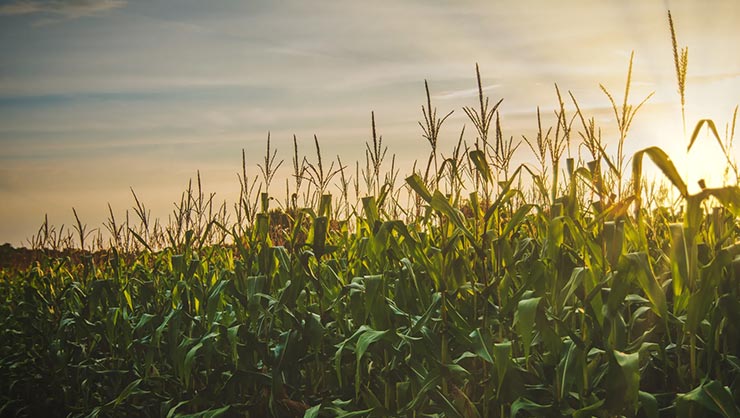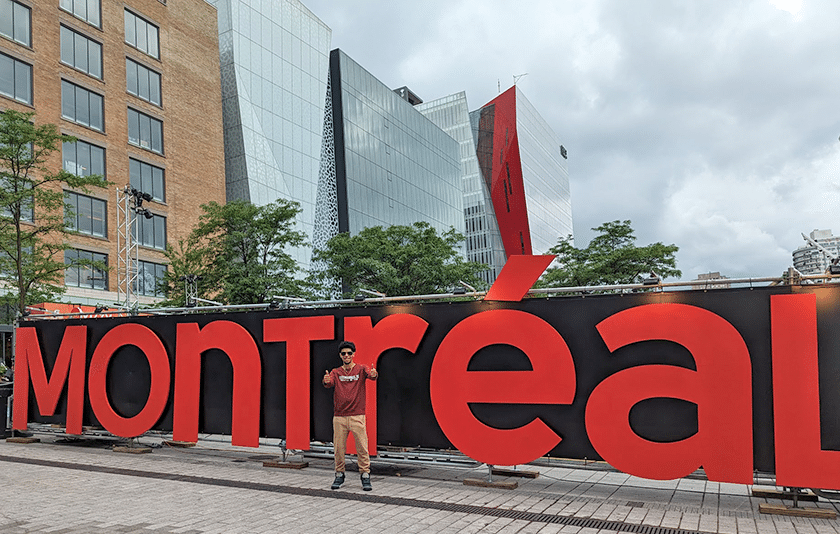Updated: 20 July 2020
Kwanzaa is a weeklong celebration held in the United States that honors African heritage in African-American culture. Kwanzaa is observed from December 26th to January 1st, and culminates in gift giving and a big feast.
The holiday is relatively new, compared to other holidays celebrated in the U.S. Dr. Maulana Karenga, professor and chairman of Africana Studies at California State University, first created Kwanzaa in 1966. He created this holiday in response to the Watts Riots in Los Angeles in 1965 as a way to bring African-Americans together as a community.
Dr. Karenga researched African harvest celebrations and combined aspects of several different celebrations, such as those of the Ashanti and those of the Zulu, to form the foundation of Kwanzaa. The name Kwanzaa is derived from the phrase matunda ya kwanza which means first fruits, or harvest, in Swahili. Celebrations often include singing and dancing, storytelling, poetry reading, African drumming, and feasting.
Dr. Karenga created seven guiding principles to be discussed during the week of Kwanzaa. The seven principles represent seven values of African culture that help build and reinforce community among African-Americans. Each day a different principle is discussed, and each day a candle is lit on the kinara (candleholder). On the first night, the center black candle is lit, and the principle of umoja, or unity is discussed. On the final day of Kwanzaa, families enjoy an African feast, called karamu.

Image courtesy of Wikimedia Commons
Kwanzaa has seven core principles, or Nguzo Saba:
1. Umoja: Unity – To strive for and maintain unity in the family, community, nation, and race.

2. Kujichagulia: Self-Determination – To define ourselves, name ourselves, create for ourselves, and speak for ourselves.

3. Ujima: Collective Work and Responsibility – To build and maintain our community together and make our brothers’ and sisters’ problems our problems and solve them together.

4. Ujamaa: Cooperative Economics – To build and maintain our own stores, shops, and other businesses and to profit from them together.

5. Nia: Purpose – To make our collective vocation the building and developing of our community in order to restore our people to their traditional greatness.

6. Kuumba: Creativity – To always do as much as we can, in the way we can, in order to leave our community more beautiful and beneficial than we inherited it.

7. Imani: Faith – To believe with all our heart in our people, our parents, our teachers, our leaders, and the righteousness and victory of our struggle.

Kwanzaa has seven core symbols:
1. Mazao: Crops – Mazao symbolizes the fruits of collective planning and work, and the resulting joy, sharing, unity and thanksgiving part of African harvest festivals. To demonstrate mazao, people place nuts, fruits, and vegetables, representing work, on the mkeka.

Image courtesy of Pexels
2. Mkeka: Place Mat – Just as the crops stand on the mkeka, the present day stands on the past. The mkeka symbolizes the historical and traditional foundation for people to stand on and build their lives.

Image courtesy of Wikimedia Commons
3. Muhindi: Ear of Corn – The stalk of corn represents fertility and the idea that through children, the future hopes of the family are brought to life. One vibunzi is placed on the mat for every child in the family.

Image courtesy of Pexels
4. Mishumaa Saba: The Seven Candles – Candles are ceremonial objects that serve to symbolically re-create the sun’s power, as well as to provide light. There are three red candles, three green candles, and one black candle that are placed on the kinara.

Image courtesy of Wikimedia Commons
5. Kinara: The Candleholder – The kinara represents our ancestry, and the original stalk from which we came.

Image courtesy of Wikimedia Commons
6. Kikombe Cha Umoja: The Unity Cup – On the sixth day of Kwanzaa, the libation ritual is performed to honor the ancestors. Every family member and guest will take a drink together as a sign of unity and remembrance.

Image courtesy of Wikimedia Commons
7. Zawadi: Gifts – On the seventh day of Kwanzaa, gifts are given to encourage growth, achievement, and success. Handmade gifts are encouraged to promote self-determination, purpose, and creativity.

Image courtesy of Pexels
America is a diverse country, full of cultural traditions. If you found this article interesting, you should read up on American culture more generally and check out a Career Training USA participant’s account of culture in the USA. Of course, reading won’t immerse you in culture. If you really want to experience the USA, consider applying to an American internship to see the country while simultaneously furthering your career!




